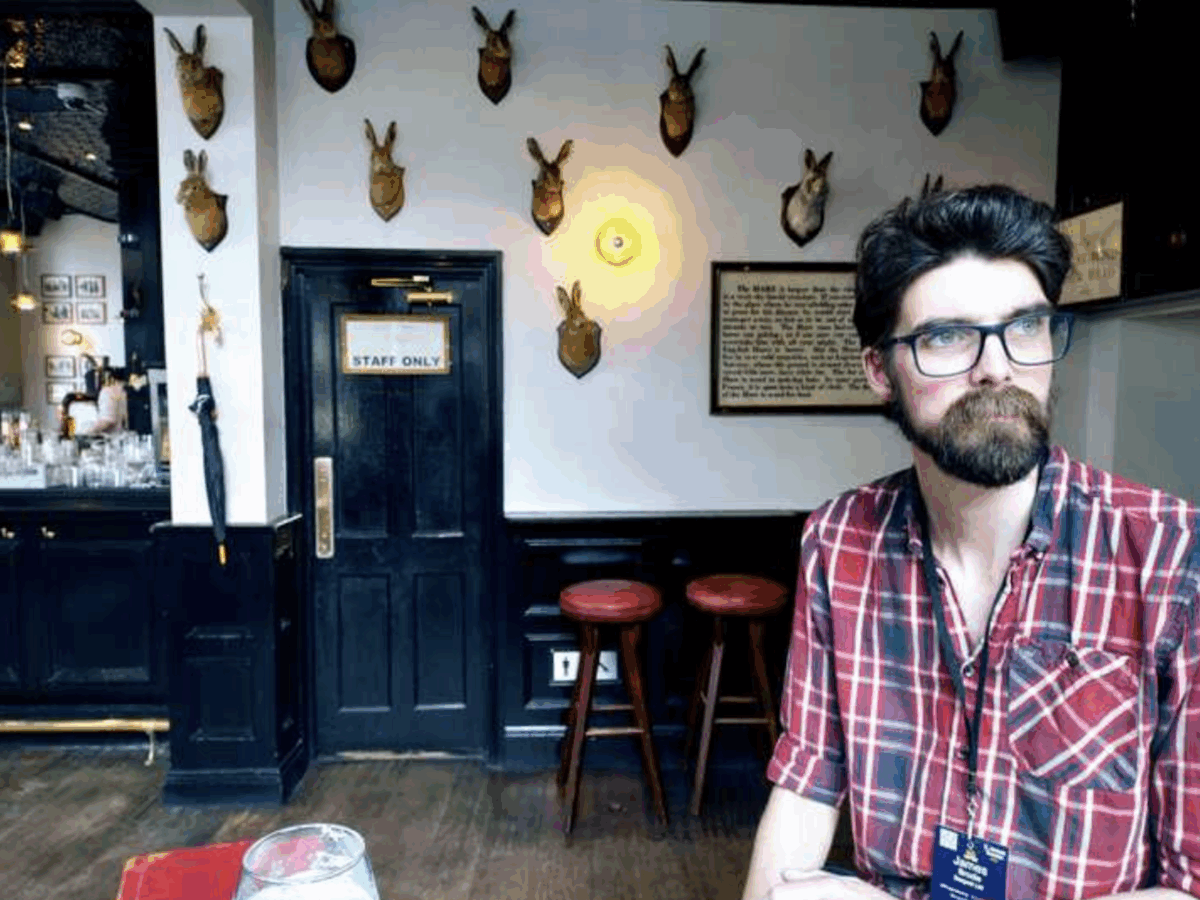
My name is James, and I am a senior software engineer at Desynit. I have been working on the Salesforce platform for 11 years, and I am passionate about using the right tool for the job and building big, powerful components. This has been my third London’s Calling, and I asked Desynit to send me back to learn more about how our ecosystem is changing, and how to be the best developer I can be. Please read on to learn more about my experience this year.
When the transform element was introduced in the Summer ‘24 release, I immediately knew it was going to be a very powerful tool for all flow users. Unfortunately, I had no idea about how, when and why to use it. The few times I had used it, it felt like either it wasn’t all that, or I wasn’t all that…
Today I learnt it was the latter.
This talk was by Ashwin Srinivasan, a Lead Technical Consultant at Capgemini with over 10 years of experience in Salesforce. Watching him use the full functionality of the Transform element was awesome, starting with a pretty standard “turn records of this object into records of that object” use case, but from there, the options kept growing and growing.
He was able to extract just one value into a new collection, getting rid of the popular loop-for-id. Then, adding formulas to the transform assignment allows for further customisation of your target values. Lastly, he set multiple collections as the source for a transform into one target collection.
These three features really shone a light on the transform component for me, showing its value and catapulting it to the top of the flow element value tree.
This was another fascinating talk about something I’m quite passionate about, ensuring your application’s design is aligned with how your users actually use it. I’ve worked on too many systems where designed processes and used processes are not aligned, and it seems the presenters of this talk shared my views:
Peter Chittum is the Director of Technical Content at SalesforceBen, the largest independent media platform in the Salesforce ecosystem, gathering over a million page views each month.
Girish Lakshmanan is the Founder and CEO of Processity, a startup specialising in AI-powered Salesforce process insights.
This talk took a really interesting angle, suggesting using event tracking to log what your users do, how they navigate through the application, track the approaches they take to perform tasks, and the inputs and outputs to the operations they perform. With this data, you can build a map of how your users actually interact with the system, and if they actually use the pathways you spend hours designing.
Girish used the data Peter was able to export in his company’s application, Processity, to describe all the pathways similar journeys take. Using case management as an example, he was able to load a couple of hundred user journeys and review their experience relating to customer satisfaction and time to close as key metrics.
Processity was able to show us that customers who had a longer time to close had a lower customer satisfaction score (no surprise there), but also why, in his example, it’s because a couple of cases were routed to the wrong team, therefore adding a few days to their TTC number.
Matthew Morris is the Salesforce CTO at Capgemini, with more experience in the industry than most other Salesforce professionals, leading him to be an expert on this discussion’s topic, modernising Salesforce Architecture. Matthew framed this talk as more of a casual discussion rather than a lecture or speech.
The first talking point was around the lack of really solid tooling in the Salesforce ecosystem. Currently, the most popular code editor for Salesforce is VSCode, which, as he described, is not an IDE, it’s a text editor. In a similar vein, Matthew highlighted that what Salesforce professionals label as “devops” differs greatly from all other development ecosystems.
The main issues facing businesses caused by outdated architecture in the Salesforce world are:
Matthew went on to explain that most significantly, there must be a connected pathway from requirements triage, impact analysis, design, build, test, package, and deployment that is supported by integrated tooling. Unfortunately, Matthew couldn’t provide that pathway, that’s up to us, but I am looking forward to what we come up with.
My colleague Claire Wingate spoke at the conference this year, doing a presentation about new and exciting features in flows that she titled Upsetting without Upset. It was a very entertaining review of new functionality, especially focusing on the new functionality recently added to the Create Records process, allowing you to send existing records to a Create Records element along with new records to perform an upsert (update and insert) function.
Another feature Claire focused on was the all-or-nothing functionality of the Create Records element, allowing the option to still commit successful updates and inserts when one or more records fail.
These are great additions to flows, especially for developers who may still be in a heavy code-only mindset, as it allows them to draw parallels between apex coding and flows.
London’s Calling is one of my top social events of the year. Every conversation is fascinating, insightful, and fun. I always enjoy spending some social time with my colleagues, and meeting new people from the wider Salesforce community is always a pleasure. Also, having been in the Salesforce space for 11 years now, I also enjoy socialising with old friends and ex-colleagues that I probably haven’t seen since the previous conference.
As we often consult remotely with our customers, it’s always great to see our customers and stakeholders in person and in a non-work setting. There’s no discussion of requirements, timelines or deliverables, but instead learning, networking, and entertainment.
The food is always a highlight for me. I often joke it’s the main reason I go, but the buttermilk fried chicken burgers and maple-glazed hot dogs were especially good this year.
London’s Calling was a lot of fun again this year. I learnt a lot, especially when going to talks that were outside of my comfort zone. The conference provided a unique environment for community engagement, knowledge sharing, and reconnecting with industry peers and customers in a relaxed setting.
If this write-up of London’s Calling 2025 has interested you, please visit the Desynit website to find out more about what we do, or you can read more of my colleagues’ conference season blog posts here:
Photo by Grant Ritchie on Unsplash

Our independent tech team has been servicing enterprise clients for over 15 years from our HQ in Bristol, UK. Let’s see how we can work together and get the most out of your Salesforce implementation.
Our website uses cookies for analytics, styling, and functional purposes. By accepting cookies, you'll get the best version of our website - and we'll be able to process some of your data to make that happen.